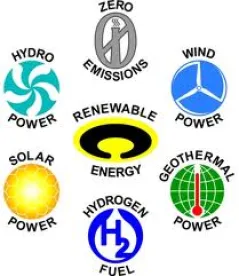It has been a busy week for California State legislators on the clean energy front. Following closely on the heels of the California Senate’s approval of SB 100, the California Senate on Thursday by a vote of 25-13 passed SB 700, a bill that according to the California Solar and Storage Association (CALSSA) could result in an additional 3 GW of behind-the-meter energy storage systems in California by 2026. The bill, which has been the subject of intense lobbying by CALSSA and other solar industry advocates, also passed the California Assembly on Wednesday by a vote of 57-18. It now will be forwarded along to Governor Jerry Brown’s desk for consideration, where it is widely expected to be signed into law.
SB 700 would extend California’s Self-Generation Incentive Program (SGIP) for an additional five years, from the current January 1, 2021 expiration date until January 1, 2026. SGIP provides rebates for the installation of energy storage systems and certain eligible technologies including wind turbines, pressure reduction turbines, fuel cells, waste heat capture and combined heat and power, internal combustion engines, microturbines and gas turbines (although the bill provides that after January 1, 2020, nonrenewable generation technologies will not be eligible for rebates under the SGIP). 75% of total rebates under the program are designated for energy storage technologies.
SGIP currently authorizes California regulators to collect up to $166 million per year from the state’s largest investor-owned utilities (IOUs); with the extension of SGIP an additional amount of approximately $800 million will be added to the program. SB 700 provides that its intent is to “increase deployment of distributed generation and energy storage systems to facilitate the integration of those resources into the electrical grid, improve efficiency and reliability of the distribution and transmission system, and reduce emissions of greenhouse gases, peak demand, and ratepayer costs.”
A significant amount of energy storage will likely be required if California is to meet SB 100’s mandate that the State generate 100% of its electricity from carbon free sources by 2045, so SB 700 can be seen as helping to achieve the SB 100 mandate. SB 700 should also provide another shot in the arm to California’s residential solar industry, particularly as new residential solar installations in the State are now subject (under “Net Metering 2.0”) to time-of-use rates which can result in the most highly priced hours for net metering sales by residential customers being in the evening.






 />i
/>i
